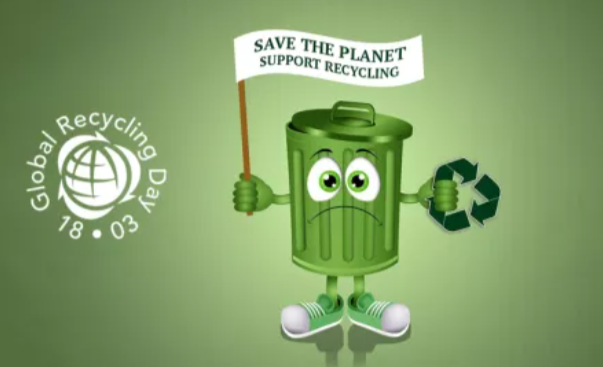
Low-Density Polyethylene (LDPE) is a versatile plastic widely used in packaging, grocery bags, shrink wraps, containers, and various household products. Its lightweight and flexible nature makes it ideal for many applications, but it also contributes significantly to plastic waste when not properly managed. recycle LDPE provides a sustainable solution by recovering these plastics and converting them into reusable materials, reducing environmental impact while supporting the development of eco-friendly products.
Industrial LDPE Recycling Solutions
Industrial LDPE recycling involves handling large quantities of plastic waste generated by manufacturing units, packaging industries, and commercial operations. Collected LDPE is sorted, cleaned, and processed to produce high-quality recycled pellets. Techniques such as shredding, washing, and extrusion ensure that the recycled material meets required standards for reuse. These industrial solutions not only minimize landfill contributions but also reduce costs associated with raw material procurement, promoting circular economy practices in manufacturing and packaging sectors.
Commercial LDPE Recycling
Commercial LDPE recycling focuses on businesses that generate moderate amounts of plastic waste, including retail stores, restaurants, and offices. Recycling programs often provide collection bins, pick-up services, and partnerships with certified recycling facilities. By participating in LDPE recycling initiatives, companies can reduce their environmental footprint, demonstrate social responsibility, and comply with waste management regulations. Commercial recycling programs also contribute to broader sustainability efforts, helping businesses maintain eco-friendly practices while promoting a cleaner community.
Benefits of Recycling LDPE
Recycling LDPE offers multiple environmental and economic advantages. Environmentally, it reduces plastic pollution, conserves natural resources, and lowers greenhouse gas emissions from producing virgin plastics. Economically, recycled LDPE can be repurposed into new products such as garbage bags, packaging materials, containers, and construction materials, reducing dependence on raw materials. Recycling also supports job creation in collection, processing, and manufacturing industries, fostering economic growth alongside environmental stewardship.
Technological Advancements in LDPE Recycling
Advancements in recycling technology have significantly improved the efficiency and quality of LDPE recovery. Automated sorting systems allow accurate separation from mixed plastic streams, while specialized washing and extrusion techniques ensure contaminant-free recycled material. Chemical recycling methods have also emerged, enabling the processing of previously hard-to-recycle or contaminated LDPE. These technological innovations make LDPE recycling practical, cost-effective, and adaptable for both industrial and commercial applications.
Implementing an Effective Recycling Program
To establish a successful LDPE recycling program, proper planning and coordination are essential. Businesses and industries should assess their LDPE waste streams, identify recyclable materials, and set up organized collection and storage systems. Clear labeling and staff education on proper disposal practices help maintain material quality. Partnering with certified recycling facilities guarantees compliance with industry standards and maximizes recovery efficiency. Regular monitoring and reporting also allow organizations to track progress and demonstrate commitment to sustainable practices.
Conclusion
Recycling LDPE transforms used plastics into valuable eco-friendly products while promoting sustainable waste management practices. By recovering and processing LDPE, industries and businesses can reduce environmental impact, lower production costs, and support the circular economy. Technological advancements and well-structured recycling programs make it possible to handle LDPE efficiently and responsibly. Embracing LDPE recycling ensures that plastics remain in productive use, creating economic benefits, protecting the environment, and fostering a sustainable future for communities and industries alike.
